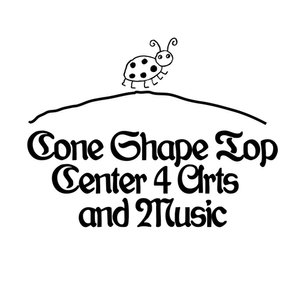
HIDDEN BODY: The World of Kazuo Ohno Book Photo Photography
CREO, 2006
Surpervised by Yoshito Ohno; Edited by CREO
Paperback
131 pages
Black and white gloss
“Throughout his life, Kazuo Ohno has been captured on film by many photographers and what is produced is an image of his body but photographs cannot show what is hidden within the body. However, if Kazuo Ohno’s dance hides his body as well as his body hides the sorrow of life and death, and if his dance is the appearance of his soul, then what is portrayed might well be Kazuo Ohno’s soul itself.” (From the introduction by Yoshito Ohno)
Kazuo Ohno loved to have his photographs taken. Once, in the rehearsal, he was so content and excited to dance thanks to the very existences of photographers taking him just below the stage. Next day of the performance, though, he was disappointed that it turned out that there were no photographers. This book includes Kazuo Ohno’s photos taken by 42 photographers, such as Eikoh Hosoe, Naoya Ikegami and Nobuyoshi Araki.
Kazuo Ohno, Japanese performance artist (born Oct. 27, 1906, Hakodate, Hokkaido, Japan—died June 1, 2010, Yokohama, Japan), was a leading exponent of buto (Butoh), a Japanese dance-theatre movement in which formal technique is eschewed and primal sexuality and the grotesque are explored. Ohno and Tatsumi Hijikata are credited with having founded this “dance of darkness” in the 1950s. The two collaborated (1959–66) in works that were inspired by the writings of French playwright Jean Genet, French poet comte de Lautréamont, and Japanese novelist Yukio Mishima. Performing usually in the guise of a woman, Ohno interpreted his grisly experiences during his nine years (1938–46) of service in the Japanese army, including time spent as a prisoner of war. Ohno’s Jellyfish Dance (1950s) explored his wartime experience of seeing jellyfish swimming where combatants had been buried at sea. In 1980 he began an international career, whose major works included Admiring La Argentina and My Mother as well as Water Lilies and The Road in Heaven, the Road in Earth, which he performed with his son Yoshito. Ohno continued to perform past his 100th birthday; though his ailing body limited his movement, he often performed by using only his hands or crawling on all fours.






